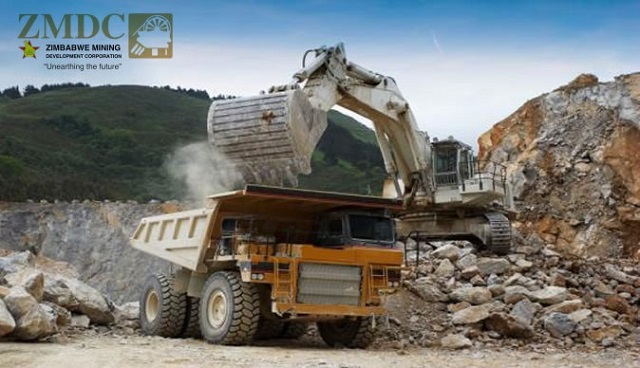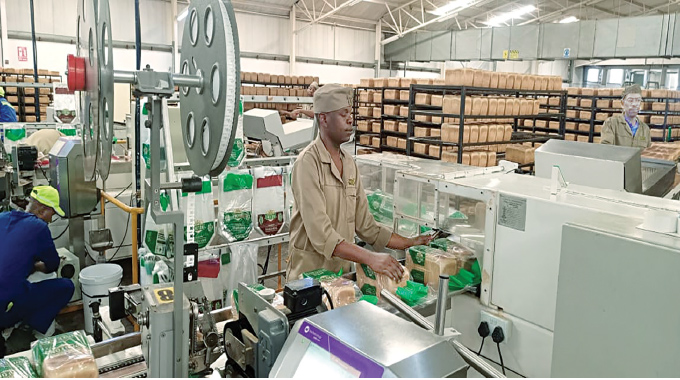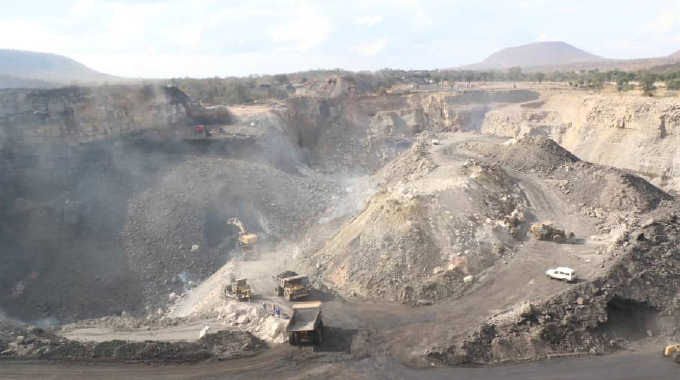ZMDC begins exploration works at Kamativi Mine

Oliver Kazunga, Senior Business Reporter
THE Zimbabwe Mining Development Corporation (ZMDC) has commenced exploration works at Kamativi Mine in Matabeleland North province and hopes to complete the programme in December.
Kamativi, formerly a tin mine, ceased operations in 1994 due to depressed international prices of the mineral.
The mine is wholly-owned by ZMDC and will now be re-opened as a lithium multi-element ore body operation under a US$1,4 billion investment.
In an interview at the just ended Zimbabwe International Trade Fair (ZITF), ZMDC general manager, Mr Blessed Chitambira, said:
“We are currently conducting exploration through our joint venture partnership with a Chinese company called Pude Times.
“The mine used to be a tin mine but because of the clean energy transition, there has been a lot of interest inlithium.”
Zimbabwe is among major lithium producers that may draw significant benefits from firm global prices and high demand for the precious mineral due to expected imminent supply deficit.
“As we speak, we have got a team, which is on the ground conducting the exploration and we expect the exploration to be carried out until end of December this year,” said Mr Chitambira.
He said exploration works at Kamativi could have been undertaken early last year but the programme was delayed due to Covid-19.
Depending on the exploration results, the mine should be fully operational by the end of 2023 with the project expected to create +/-400 jobs directly.
Lithium is one of the minerals expected to contribute to the achievement of the US$12 billion mining economy by 2023.
Under the US$12 billion mining strategy, the Government projects that lithium will contribute US$500 million by 2023 and the figure will rapidly increase beyond that year, as more lithium mines come on board and existing mines increase production.
Zimbabwe is the world’s fifth largest producer of lithium but only Bikita Minerals is producing at the moment. Apart from Kamativi and Bikita Minerals, output is also expected from the Zulu lithium project, which is presently under development in Matabeleland South province as well as Sandawana Mine being resuscitated in Mberengwa.
There are vast deposits of the mineral widely used in the automotive and glass industries.
Lithium-ion batteries experienced a compound annual growth rate of 25 percent from 2015-18, driven primarily by increase in electric vehicles (EVs).
In 2019, global lithium demand had reportedly jumped to 49 000 tonnes, with 60 percent of that being for use in battery-related products.
Experts have hinted that with around a billion light-duty vehicles on the roads and the number set to rise to three billion by 2050, electrifying the global fleet could put a huge squeeze on lithium supply. — @okazunga











Comments